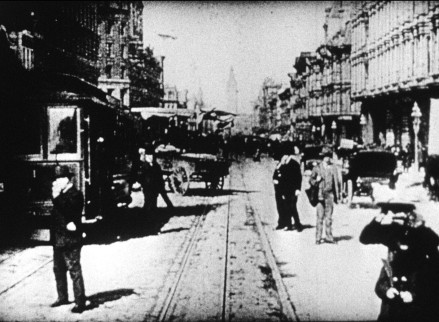
Eureka
Stills
About
"Re-photography, superimposition, zooms, mathematically determined editing, and so on are not simply elements of style or 'techniques' in Gehr’s films. They become basic structuring devices, whose effects on the image and the viewer are interrogated by the film. We are forced to pay attention to them; we can not simply see through them to something else. Part of Gehr’s rich engagement with the earliest period of filmmaking at the turn of the century comes from his delight in an era in which audiences were amazed not simply at seeing a baby playing with its pabulum or a train arrive at a station, but at the very fact that such things were presented on a screen before them, had been filmed and were now projected. Films such as the early views shot by the Lumiere brothers capture a world, a time, and a place, but also the process of their transformation by the machinery of vision that had just been invented. It was the processing of reality through cinema that fascinated cinema’s first audiences and which Gehr asks us to rediscover. This double vision of a world and of its literal abstraction (taking it out of a specific time and space, preserved as a brief fragment on a bounded screen) by the cinema is something that Gehr achieves again. But to rediscover this primal experience of film’s relation to the world Gehr takes a long detour made necessary by our century-long familiarity with cinema which has rendered it invisible. For most filmmakers and film viewers film has become something one simply looks through in order to get at either a dramatic story or documentary evidence. Gehr discovers a world by making our sense of cinema and its transformation no longer automatic.
But the world does not simply bow out of this picture. Rather, we suddenly catch our act of seeing the world, of finding out place within it. In Eureka, for instance, Gehr did very little to the gem of early actuality filmmaking his had discovered. We still see a trip down Market Street on a sunny day around 1902 in San Francisco. But Gehr’s slowing down of the image, his refusal to clean it or cosmetically remove scratches or dirty particles from its surface, these small but significant decisions on Gehr’s part guarantee that we never just see the street, the day, the city; we are not allowed to simply become tourists of the past. Instead, we see the way the new invention of cinema interacted with the space of the street, the ways its frame voraciously swallowed up the everyday life of animals and people and the trajectories of vehicles. We sense not just a place, but the way space is transformed into place. We see both the rigid unswerving patterns of a major thoroughfare, the mechanical tracks of the trolley cars, the almost maniacal sense of using up space to get somewhere. And we also see the constant crisscrossing of that space, its sometime dangerous appropriation by people; men and women hurrying to destinations and boys ignoring and thwarting any such sense of purpose. Unrelentingly the camera bears down on a terminal, an anchoring point of urban architecture, a tourist spot and traffic axis. But the camera also discovers the accidental that crosses its path (Eureka!) and the wind that ruffles a man’s extraordinary beard. This is a film that not only documents a place in time, but a modern spatial vision, a look and technology that makes this street the sort of place it is. And here in this preserved piece of history, one also sees the chemical dance of film grain that makes up the material of Gehr’s own History. We do not simply see Market Street circa 1902, but a film of Market Street, and it is as fascinating as the site itself. Film may in some sense exist indifferent to emotions, objects, beings, or ideas. But early in his work Gehr realized that film, even conceived as a thing in itself, can never exist outside of history. The very dance of grain on the screen acquires a history of its production, its screenings, its viewings. History is the place no place can avoid.”
– Tom Gunning, “Placing the films of Ernie Gehr, Serene Intensity, The Films of Ernie Gehr, MOMI 1999
Films
-
Other films by this artist in our catalogue
- Read More
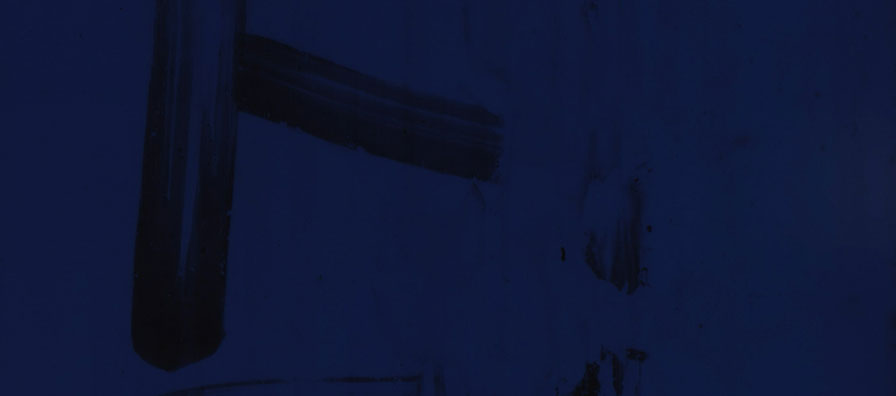 Experimental
ExperimentalMorning
Ernie Gehrcolor, silent, 5 minRental format: 16mm - Read More
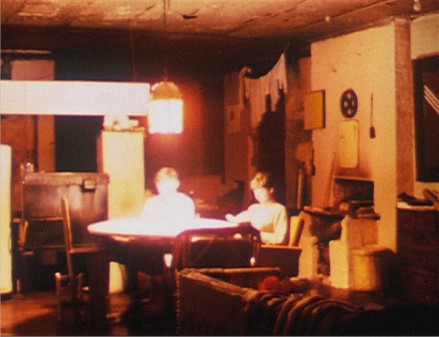 Experimental
ExperimentalWait
Ernie Gehrcolor, silent, 7 minRental format: 16mm - Read More
 Experimental
ExperimentalStill
Ernie Gehrcolor, sound, 54 minRental format: 16mm - Read More
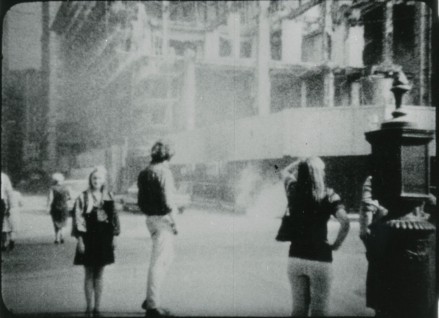 Experimental
ExperimentalReverberation
Ernie Gehrblack and white, sound on CD, 25 minRental format: 16mm - Read More
 Experimental
ExperimentalTransparency
Ernie Gehrcolor, silent, 11 minRental format: 16mm - Read More
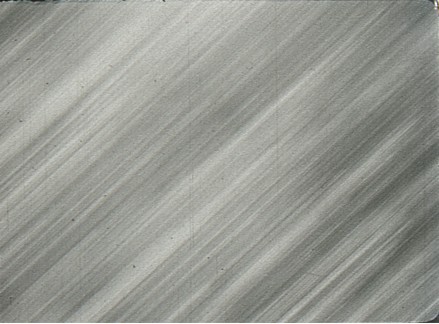 Experimental
ExperimentalField (Long Version)
Ernie GehrsilentRental format: 16mm - Read More
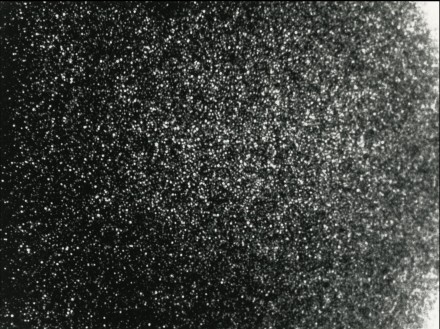 Experimental
ExperimentalHistory
Ernie Gehrblack and white, silent, 15 minRental format: 16mm - Read More
 Experimental
ExperimentalSerene Velocity
Ernie Gehrcolor, silent, 23 minRental format: 16mm - Read More
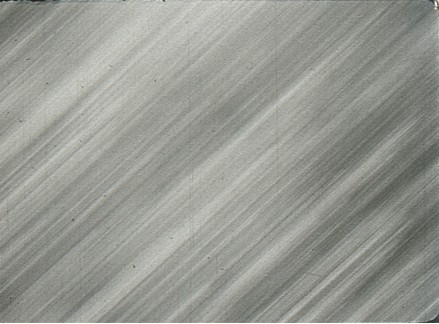 Experimental
ExperimentalField (Short Version)
Ernie Gehrblack and white, silent, 13 minRental format: 16mm - Read More
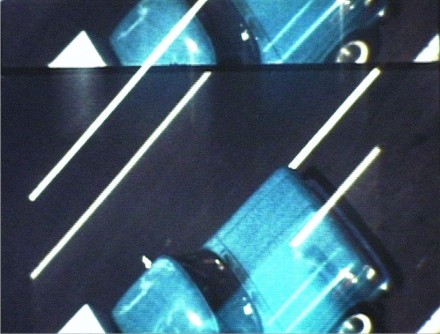 Experimental
ExperimentalShift
Ernie Gehrcolor, sound, 9 minRental format: 16mm - Read More
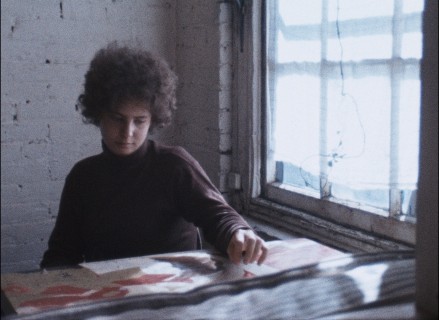 Experimental
ExperimentalBehind The Scenes
Ernie Gehrcolor, sound, 5 minRental format: 16mm - Read More
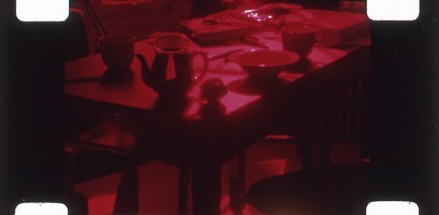 Experimental
ExperimentalTable
Ernie Gehrcolor, silent, 16 minRental format: 16mm - Read More
 Experimental
ExperimentalUntitled
Ernie Gehrcolor, silent, 4 minRental format: 16mm - Read More
 Experimental
ExperimentalAlong Brighton Avenue (A.K.A Untitled: Part One, 1981)
Ernie Gehrcolor, silent, 30 min - Read More
 Experimental
ExperimentalMirage
Ernie Gehrcolor, silent, 12 minRental format: 16mm - Read More
 Experimental
ExperimentalSignal—Germany On The Air
Ernie Gehrcolor, sound, 37 minRental format: 16mm - Read More
 Experimental
ExperimentalRear Window
Ernie Gehrcolor, silent, 10 minRental format: 16mm - Read More
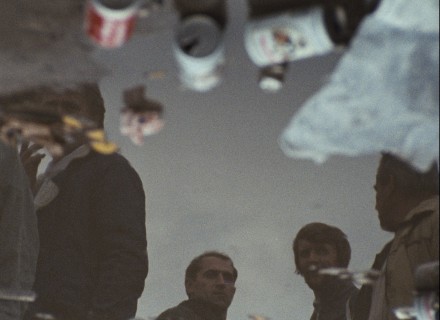 Experimental
ExperimentalThis Side Of Paradise
Ernie Gehrblack and white, sound, 15 minRental format: 16mm - Read More
 Experimental
ExperimentalSide/Walk/Shuttle
Ernie Gehrcolor, sound, 41 minRental format: 16mm - Read More
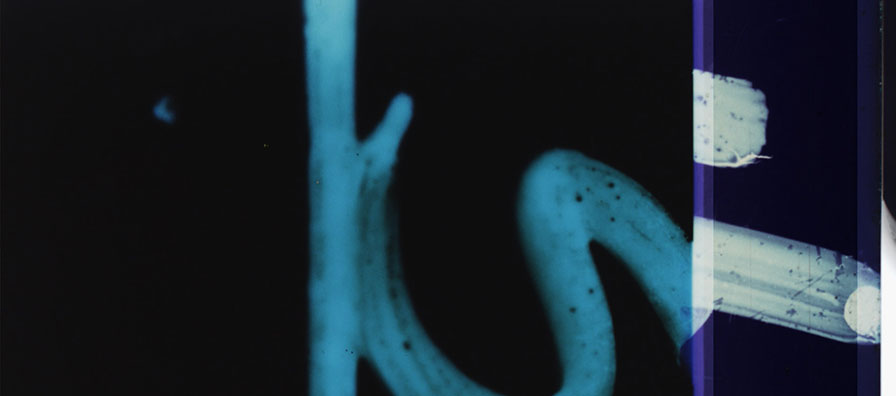 Experimental
ExperimentalFor Daniel
Ernie Gehrcolor, silent, 72 minRental format: 16mm - Read More

Passage
Ernie Gehr - Read More
 Experimental
ExperimentalPrecarious Garden
Ernie Gehrcolor, silent, 13 minRental format: 16mm

